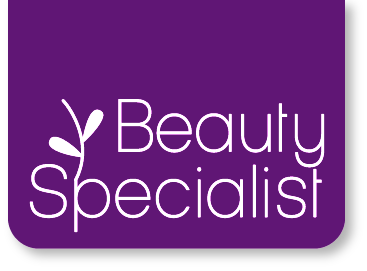Main Treatment and Techniques
Aesthetic nose surgery is at the top of the aesthetic surgical procedures that both women and men frequently have. We perform aesthetic nose surgeries in full-fledged hospitals by sleeping our patients completely, without damaging the tissues and vessels with the piezo surgery system.
The main goal is to make a nose that is not understood to be aesthetic. The operation technique, which we call open rhinoplasty, is performed by entering from the tip of the nose and removing the entire nose skin, is not preferred by plastic surgeons. Because it is made by cutting from the tip of the nose, there is a scar.
What is Nose Aesthetics? Whom Is It Applied To?
Rhinoplasty is one of the most common aesthetic surgeries. It is applied to people who are uncomfortable with the appearance of nasal aesthetics and want to have it corrected. Non-surgical rhinoplasty methods are not permanent but temporary. Therefore, our patients prefer permanent aesthetic nose surgery.
It is recommended that you spend a night in the hospital for nasal plastic surgery, but you can go home on the same day. You should avoid running, swimming, leaning forward for the first ten days. Contrary to what is known, our patients who complain of postoperative pain are almost nonexistent. The decision to return to work depends on the person’s swelling and discomfort. But we recommend that you rest for 1 week.
How Is Nose Aesthetics Performed?
Rhinoplasty can change the bone, cartilage tissue, skin layer or all three as required. When planning rhinoplasty surgery, the rhinoplasty surgeon will consider other features of the individual’s face, the skin in the nose and what the individual wants to change. It will develop a personalized plan for candidates who are deemed suitable for nasal surgery.
As with all major surgeries, rhinoplasty also carries various risks. There are always risks of infection, bleeding, and a negative reaction to anesthesia in major surgeries.
There are also separate risks specific to rhinoplasty. These include difficulty in breathing through the nose, permanent numbness in and around the nose, uneven nose, pain, discoloration or permanent swelling, scarring, septum perforation, and the need for additional surgical intervention.
Detailed information about these risks is conveyed by the nasal surgeon to individuals considering the rhinoplasty stage. Before starting the rhinoplasty planning stage, a meeting is held between the doctor and the individual considering the rhinoplasty stage to determine whether the surgical operation will be effective.





